For Education Leaders
Get proven strategies and expert analysis from the host of the Learning Can't Wait podcast, delivered straight to your inbox.
Credit Recovery
Turn At-Risk Students into Graduates
- Self-paced, curriculum-aligned courses
- 1:1 support for IEPs & homelessness
- Fast, legitimate credit regain
Academic Intervention Programs: For K-12 Schools

In schools, academic intervention programs are more than a safety net for struggling students. When properly implemented, they form a core component of comprehensive student support services, a proactive approach to ensuring every learner receives the instruction they need to thrive. This modern perspective shifts intervention from a reactive, remedial measure to an essential pillar of an equitable, high-quality education system.
This guide explores the why, what, and how of building robust intervention strategies that foster student success in today's complex educational environment.
What Are Academic Intervention Programs?
Academic intervention programs consist of systematic, targeted instruction to address skill gaps and accelerate student learning. Unlike casual homework help or general tutoring, effective interventions have intentional design, clear learning targets, and regular progress monitoring. They use differentiated instruction to meet students’ needs and move them toward grade-level proficiency through evidence-based approaches.
These programs supplement core classroom instruction, not replace it. While teachers differentiate as much as possible, intervention programs provide the additional time, intensity, and specialization needed for students requiring more support to master essential skills and concepts.
Core Goal: Proactive Support, Not Reactive Punishment
A misconception about academic intervention is that it serves as a consequence for underperforming students, a remediation form that carries an implicit stigma. This outdated view undermines the true purpose of intervention: to identify learning needs early and provide targeted support before small gaps become insurmountable barriers.
Modern intervention approaches emphasize equity and access. They recognize that different students need varying support levels to meet high standards. The goal is not to segregate struggling learners but to provide the resources they need to succeed alongside their peers.
Who Benefits from Academic Intervention?
Effective intervention programs serve a wide range of students:
- At-risk students: These students show early warning signs of academic difficulty and benefit from timely support before gaps widen.
- Students with Disabilities (SWD): Intervention programs can fulfill IEP requirements with specialized instruction targeting individual learning goals.
- English Language Learners (ELLs): These students need support with language acquisition and content mastery.
- High-achieving students: Even advanced learners may have skill gaps or need enrichment to prevent disengagement when the core curriculum isn't challenging enough.
Many learners excel in most areas but struggle with concepts like fractions or reading comprehension that require targeted intervention.
The Critical Importance of Intervention in Today's Education
According to the National Assessment of Educational Progress (NAEP), math scores declined the most ever recorded between 2020 and 2022, with reading scores dropping to 1992 levels. This learning loss was not equal, with historically underserved students experiencing steeper declines.
The most effective strategy for academic recovery is targeted academic intervention. Research from the Education Recovery Scorecard indicates that districts implementing high-intensity tutoring and structured interventions have shown the most significant rebounds in student achievement post-pandemic.
Closing Achievement Gaps
Before the pandemic, significant achievement gaps existed between student subgroups. The challenge of closing these gaps has persisted for decades, with socioeconomic status, race, language background, and disability status correlating with disparities in educational outcomes.
Systematic intervention is key for promoting educational equity. Schools can ensure all learners have a genuine opportunity to meet high academic standards, regardless of their starting point or background, by providing additional time and targeted support to students in need.
Supporting a Diverse Student Population
Today's classrooms are more diverse. According to the National Center for Education Statistics, the percentage of public school students who are English language learners was higher in fall 2019 (10.4 percent) than in fall 2010 (9.2 percent). Meanwhile, students served under IDEA constituted 15 percent of total public school enrollment in 2020-21.
Generic, one-size-fits-all instruction cannot serve this diverse population. Intervention programs allow for necessary personalization, providing specialized support for SWD and ELLs without overwhelming classroom teachers.
Alleviating Teacher Workload and Burnout
Nationwide, teacher shortages have reached crisis levels, with burnout cited as a primary factor. A well-structured intervention program can alleviate teacher stress by providing a systematic way to support struggling students without requiring classroom teachers to individually differentiate for every learning need.
Schools can free up classroom teachers to focus on delivering high-quality core instruction while ensuring that students needing additional support receive it from trained specialists by designating specific time, space, and personnel for intervention.
Common Models and Types of Academic Intervention Programs
The Foundational Framework: RTI and MTSS
Response to Intervention (RTI) and Multi-Tiered System of Supports (MTSS) are frameworks for organizing academic and behavioral support at increasing intensity. Both use a three-tiered approach:
- Tier 1: High-quality core instruction for most students (typically 80-85%).
- Tier 2: Targeted group interventions for students not making adequate progress with Tier 1 instruction alone (10-15%)
- Tier 3: Intensive, individualized interventions for students with significant needs (3-5%)
While RTI focuses on academic support, MTSS takes a comprehensive approach by integrating academic, behavioral, and social-emotional interventions into a unified system. This framework recognizes that these aspects of student development are interconnected, and support in one area benefits the others.
High-Dosage Tutoring
High-dosage tutoring is one of the most effective evidence-based interventions for schools. This approach is characterized by frequent sessions (typically 3+ times per week), consistent tutor-student pairings, and alignment with the school curriculum, and it has shown remarkable results. Research from the University of Chicago Education Lab shows it can help students gain up to two additional years of math growth in a single academic year.
High-dosage tutoring stands out due to its intensity and personalization. It helps students build relationships that foster academic growth and confidence, addressing skill gaps and self-efficacy issues by working consistently with the same tutor.
Small-Group Instruction
Small-group instruction is a common Tier 2 intervention where an educator works with 3-8 students with similar skill deficits. Unlike high-dosage tutoring, which occurs daily, small-group interventions typically meet 2-3 times per week for 20-40 minutes.
The power of small-group instruction lies in its balance of efficiency and personalization. Teachers can target specific skills while providing a more individualized experience than a full classroom. This format allows for productive peer interaction and collaborative learning, which can benefit certain students more than one-on-one instruction.
Credit Recovery Programs
Credit recovery programs provide a critical intervention for middle and high school students who have failed a core course, keeping them on track for graduation. These programs allow students to retake failed courses in a condensed timeframe, often with modified instructional approaches that address the issues that led to the initial failure.
Effective credit recovery goes beyond repeating the same content. It identifies and addresses the specific concepts or skills that students failed to master, providing targeted instruction that fills these gaps while moving students toward course completion and credit attainment.
Specialized and Flexible Support Models
Schools implement specialized intervention services to meet specific needs, beyond common approaches:
- Homebound Instruction: Providing academic continuity during extended absences for students unable to attend school physically due to medical or other qualifying conditions.
- IEP-Specific Services: Interventions designed to meet the goals in a student's Individualized Education Program, including services for Students with Disabilities such as speech therapy, occupational therapy, or specialized academic instruction.
- Test Prep: Targeted intervention preparing students for high-stakes state assessments or college entrance exams, addressing content knowledge and test-taking strategies.
The 4 Pillars of a Successful Intervention Program
1. Data-Driven Decision Making
Effective intervention begins with accurately identifying student needs through assessment data. Schools should implement a systematic assessment process that includes universal screening to identify students needing support, diagnostic assessment to pinpoint specific skill deficits, and ongoing progress monitoring to evaluate intervention effectiveness.
This data-driven approach ensures that limited intervention resources are allocated to the students who need them most and that the intervention focus matches each student's learning needs. Without this foundation, even well-intentioned programs risk addressing the wrong skills or serving the wrong students.
2. Evidence-Based Curricula and Strategies
Not all instructional approaches are equally effective for intervention purposes. Evidence-based interventions have a strong research foundation demonstrating their effectiveness for specific populations. The What Works Clearinghouse, maintained by the U.S. Department of Education, identifies programs with strong evidence of effectiveness.
School leaders should prioritize programs and strategies with proven results in similar contexts. This doesn't mean ignoring local needs, but starting with effective approaches and adapting them based on ongoing data analysis.
3. Consistent and Meaningful Progress Monitoring
Intervention is not a "set it and forget it" process. Regular progress monitoring, using brief, focused assessments, is essential to determine if students are responding to the intervention as expected. Effective monitoring should:
- Directly measure the taught skills
- Occur frequently enough for timely adjustments (typically every 1-2 weeks)
- Use consistent measures to track growth over time.
- Inform decisions about intensifying, modifying, or exiting students from intervention.
This feedback loop ensures intervention resources focus on making the greatest impact and that students do not remain in interventions they've outgrown or that aren't working.
4. High-Quality, Certified Educators
The quality of educators delivering intervention is critical. Research shows that teacher effectiveness is the most important school-based factor influencing student achievement, especially in intervention settings, where instructors must possess specialized knowledge of:
- How to diagnose specific learning difficulties
- Evidence-based techniques for addressing common learning challenges
- How to build relationships with students who have faced academic frustration?
- Strategies for maintaining high expectations while providing appropriate support
Due to staffing constraints, many schools assign intervention responsibilities to paraprofessionals. However, the most effective programs use certified teachers with specific training in intervention techniques. Their knowledge and skills significantly amplify the intervention’s impact.
Overcoming Implementation Challenges with Modern Solutions
A major challenge for school administrators is finding and funding enough qualified instructors for effective intervention programs. The nationwide teacher shortage has reached crisis levels, with specialized positions like reading interventionists, special education teachers, and ESL instructors among the hardest to fill. Even when qualified candidates exist, budget constraints limit the number of specialists a school can employ.
This staffing challenge forces schools to make difficult choices. None of these compromises serve students well. The options include limiting the number of students served, reducing intervention frequency or intensity, or assigning intervention responsibilities to untrained staff.
The Solution: Leveraging Virtual Partners for Flexible, Certified Support
More schools are addressing these challenges by partnering with virtual education providers that connect students with certified virtual educators for targeted intervention. This approach offers several advantages:
It provides access to a nationwide network of specialists, removing geographic limitations and allowing schools to fill positions that remain vacant. Virtual partnerships can rapidly scale up or down based on changing student needs, providing the flexibility that traditional staffing models lack.
Second, virtual intervention programs can seamlessly integrate with the school day, whether during dedicated intervention blocks, as push-in support during regular classes, or as extended learning opportunities before or after school. This flexibility helps schools maximize the impact of limited instructional time.
This solution comes from a partnership with Fullmind for over 600 schools and districts nationwide. Fullmind enables school leaders to build robust academic intervention programs without traditional staffing constraints by providing live, certified teachers for high-dosage tutoring, IEP fulfillment, credit recovery, and homebound instruction. Their flexible model allows schools to expand offerings and ensure every student gets expert attention.
Conclusion
Effective academic intervention programs in schools are more than academic first aid. When properly implemented, they are integral to a comprehensive approach to student support services, proactive, data-driven, and evidence-based. The most successful programs balance effective instruction with building student confidence and motivation.
School leaders address immediate learning gaps and build a culture that values equity, personalization, and continuous improvement by investing in strategic interventions. This investment improves student outcomes, increases teacher satisfaction, and fosters a supportive school community. In today's educational landscape, a robust intervention system is essential for a school committed to preparing all students for future success.
For Education Leaders
Get proven strategies and expert analysis from the host of the Learning Can't Wait podcast, delivered straight to your inbox.
Let’s Work Together
We’ll review your application and get in touch!

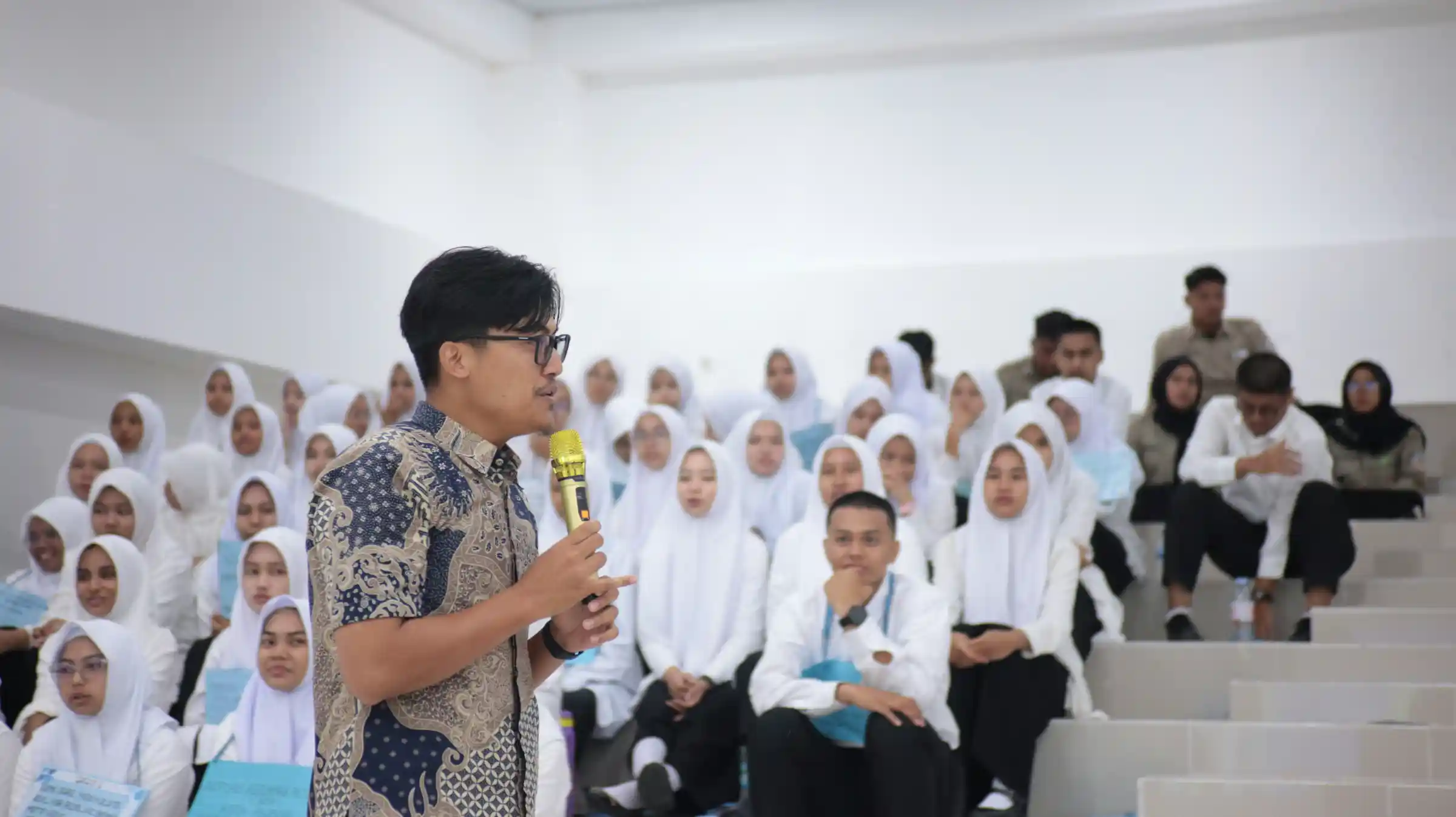

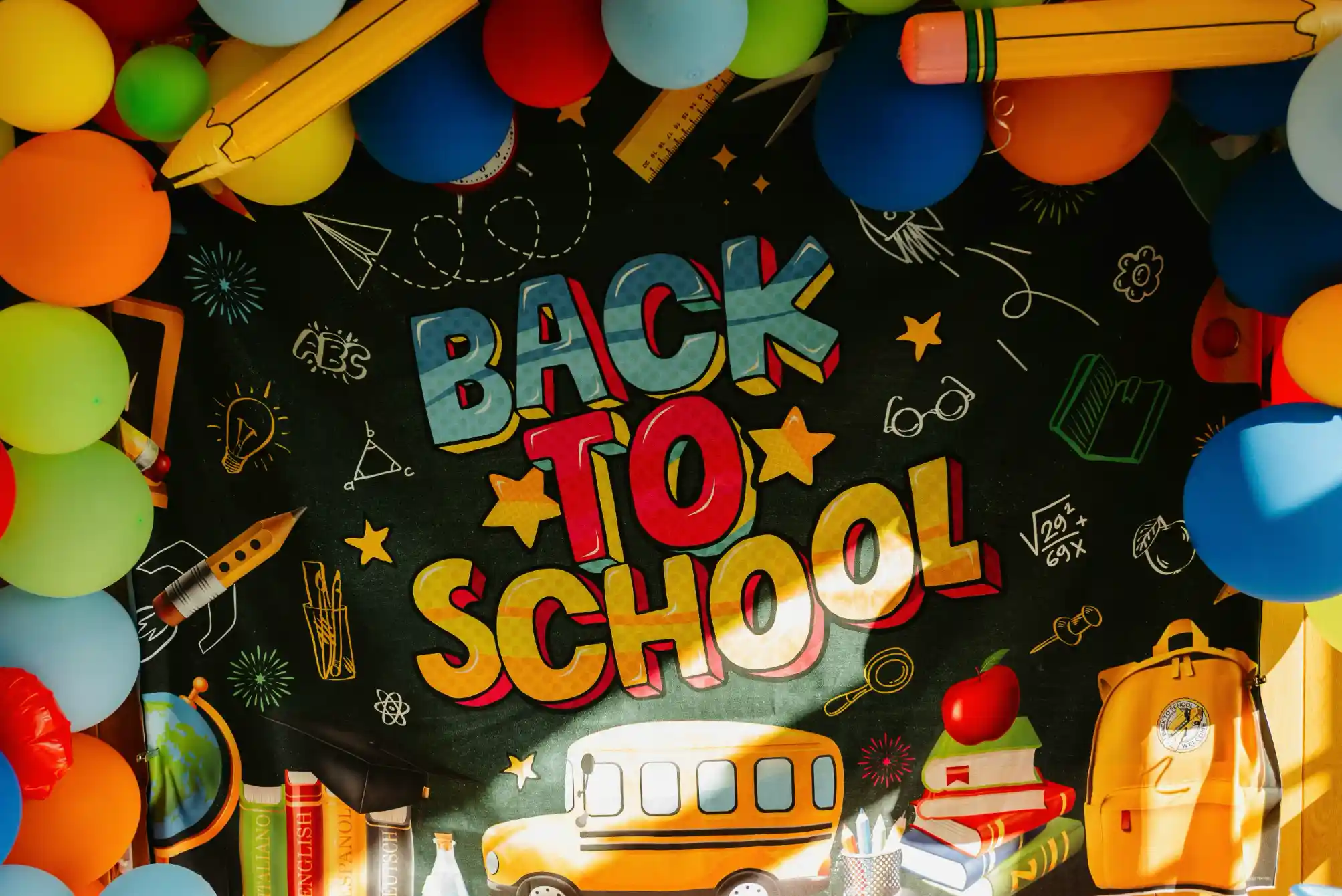
.webp)

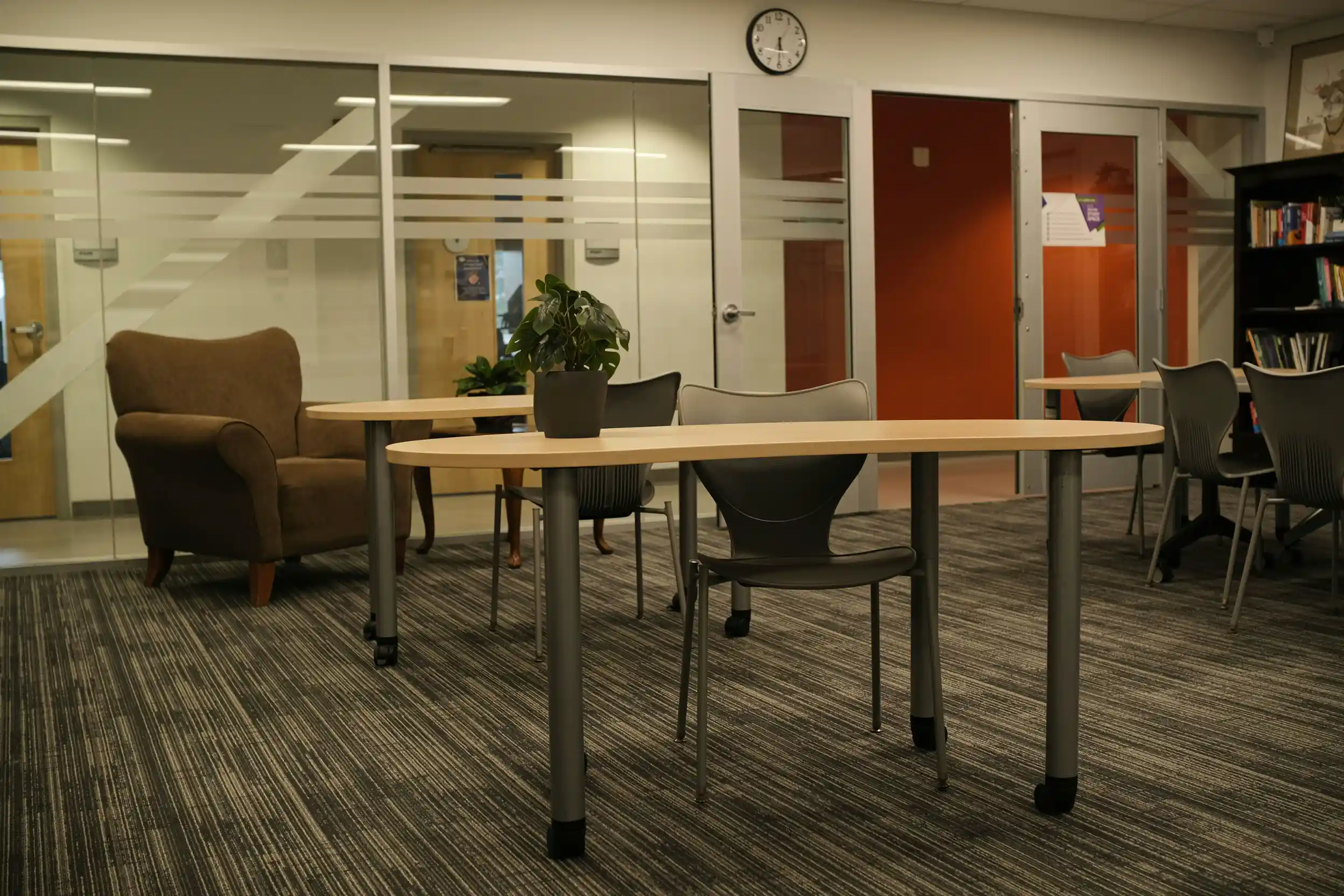
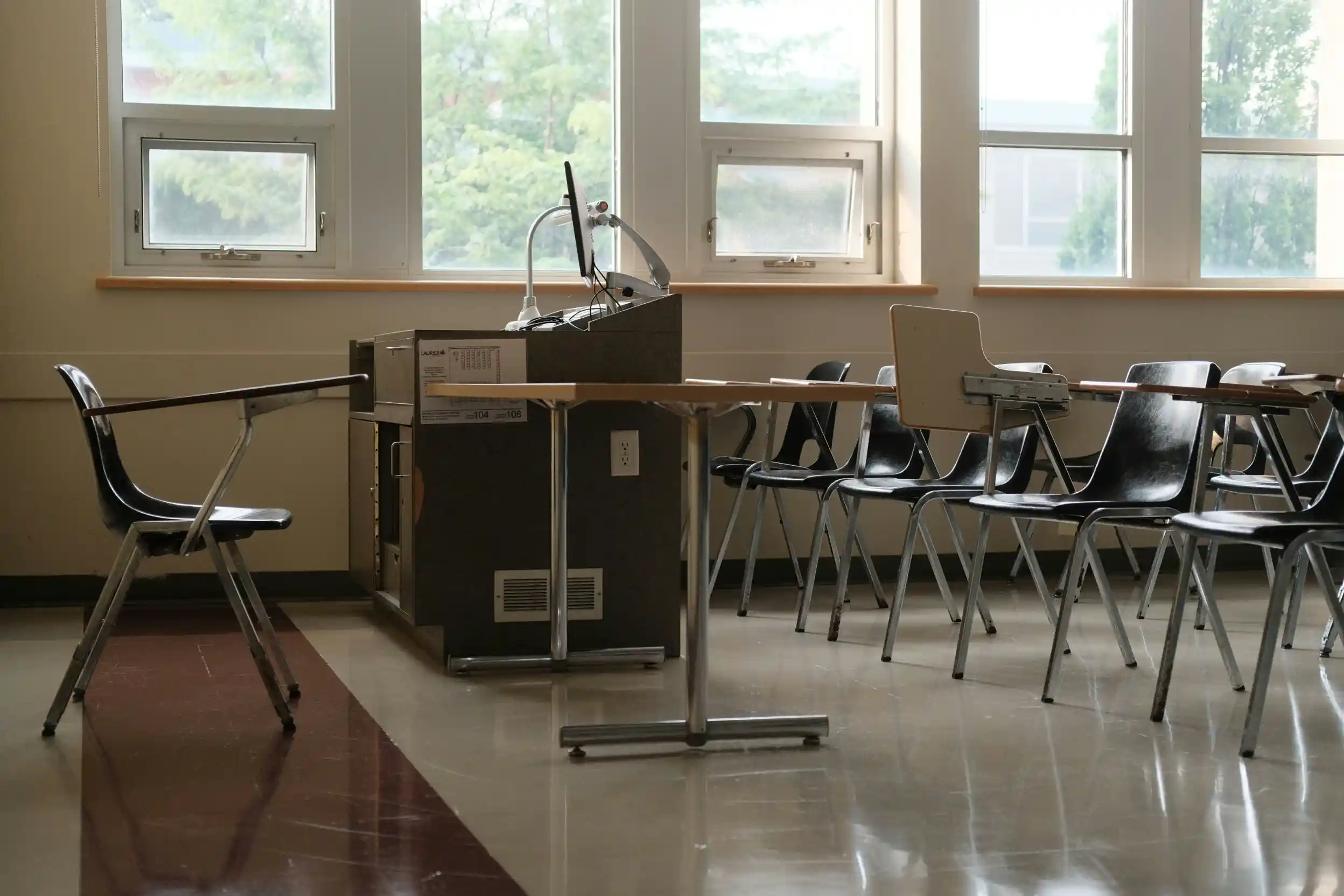

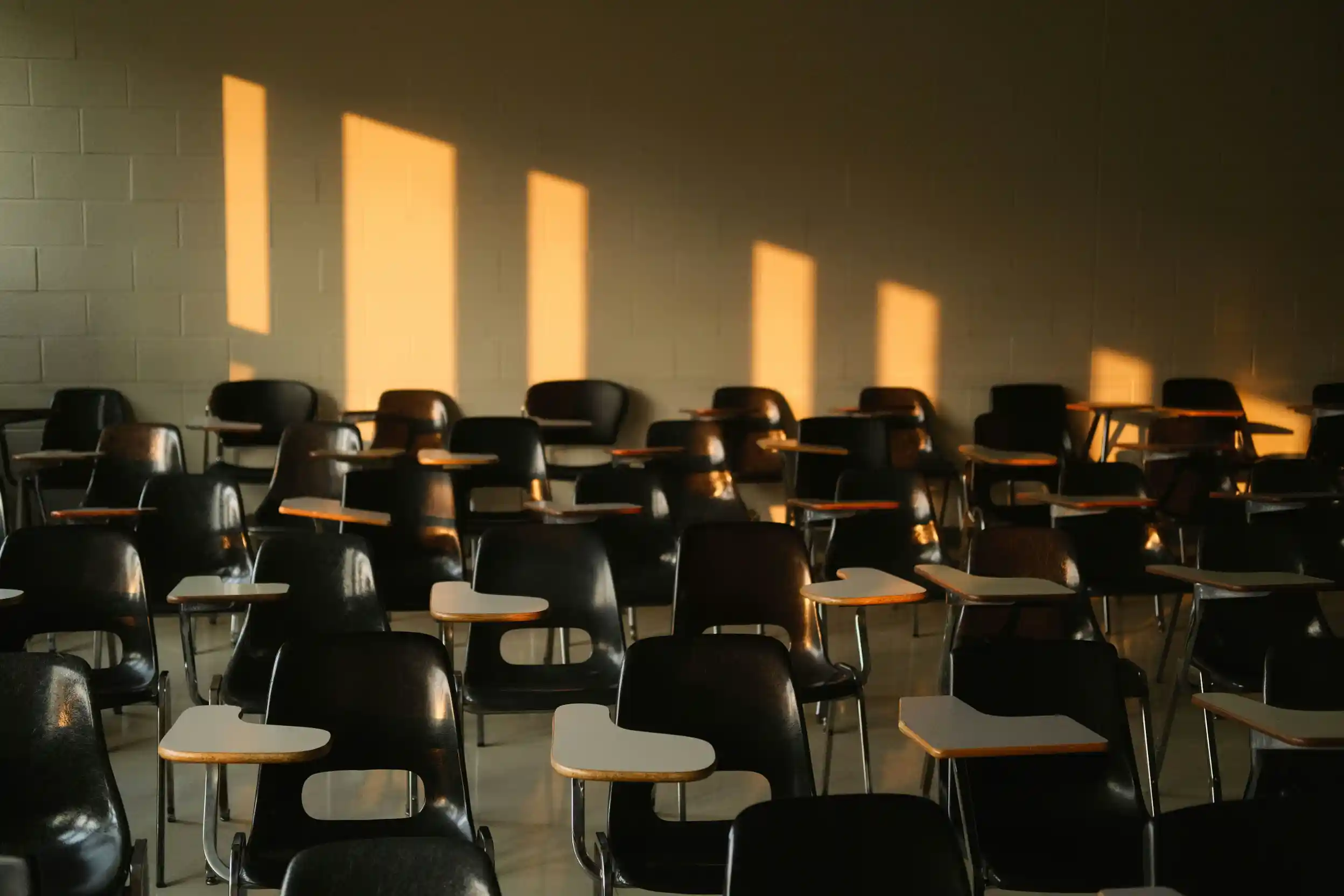

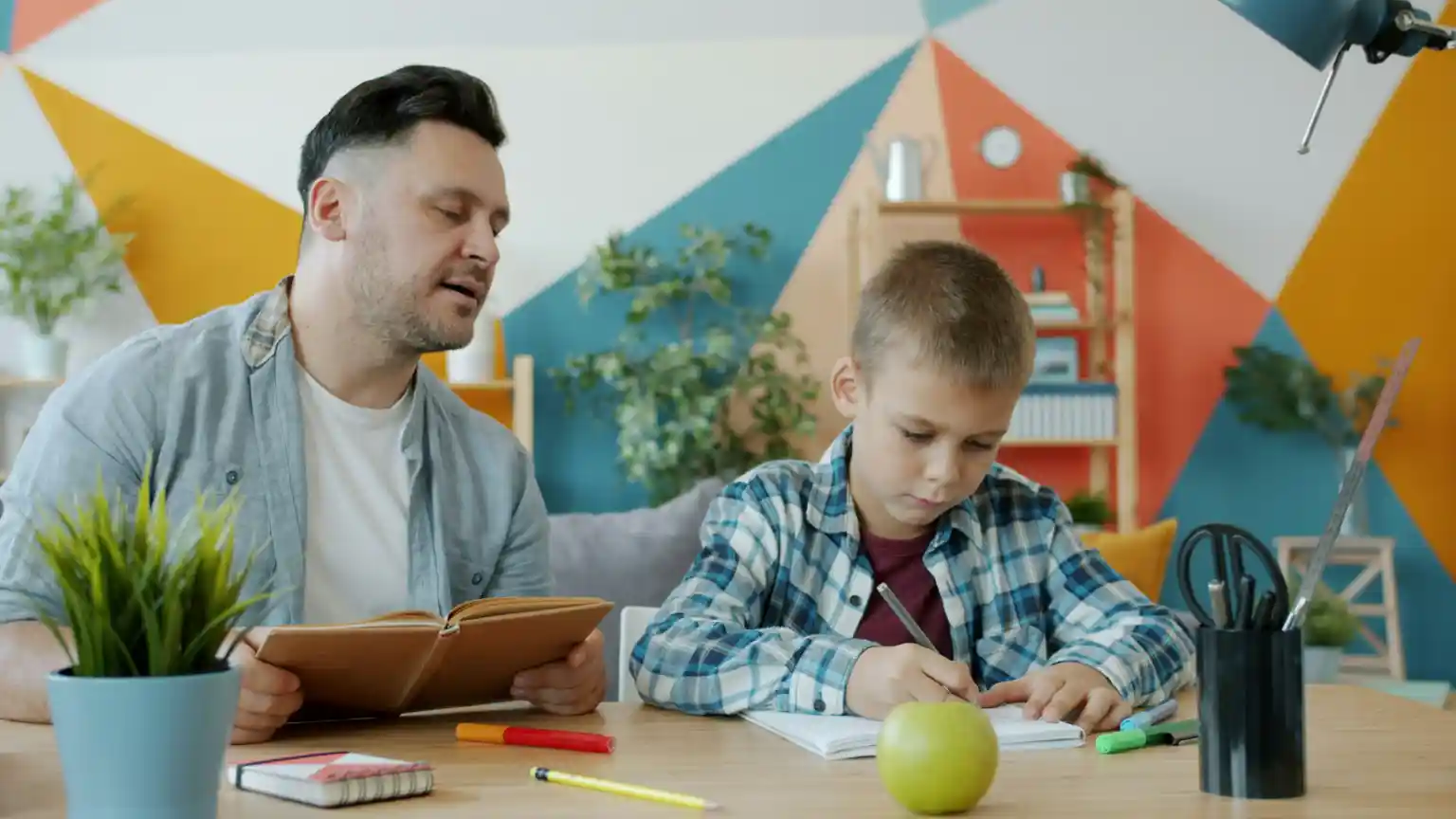




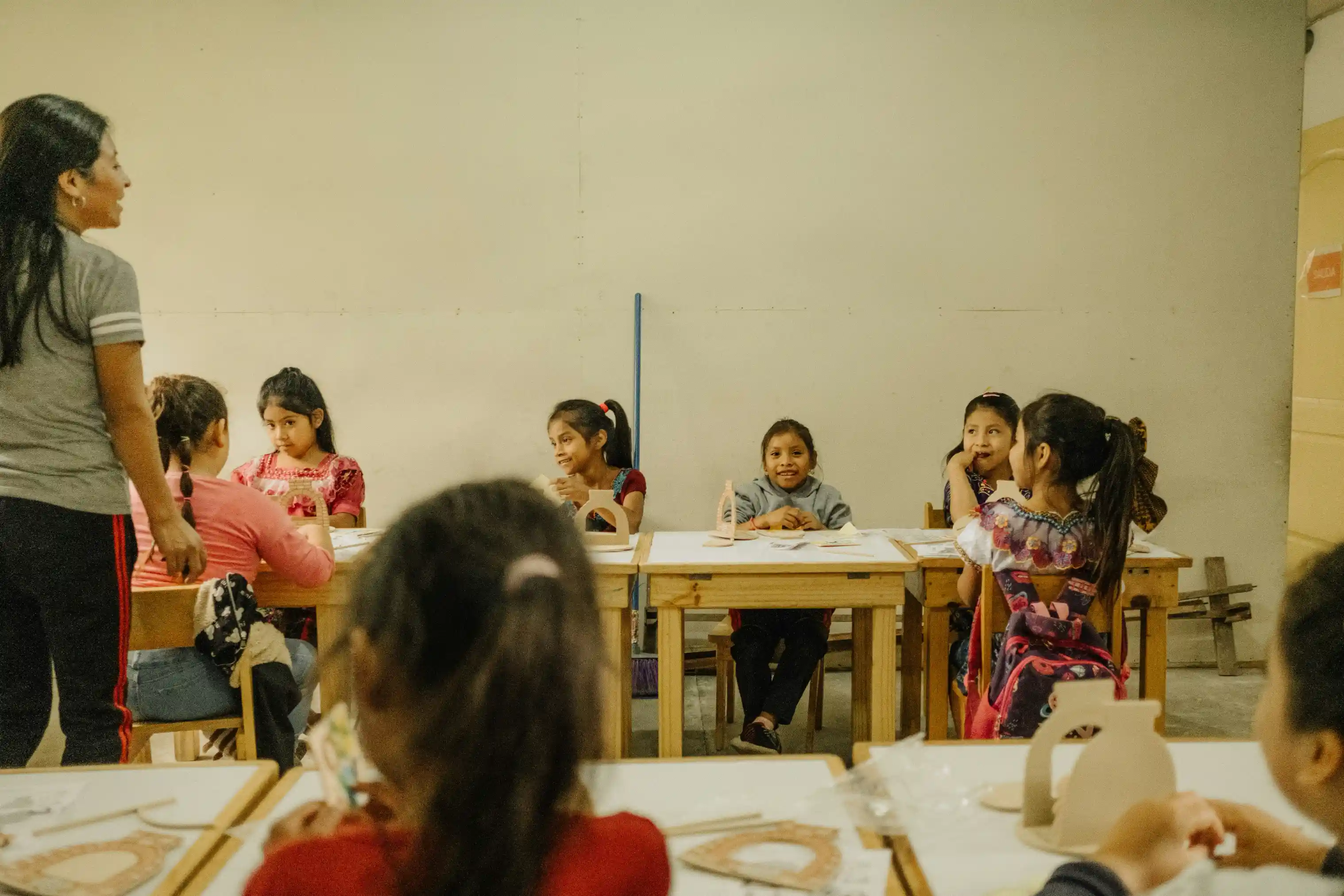

.webp)

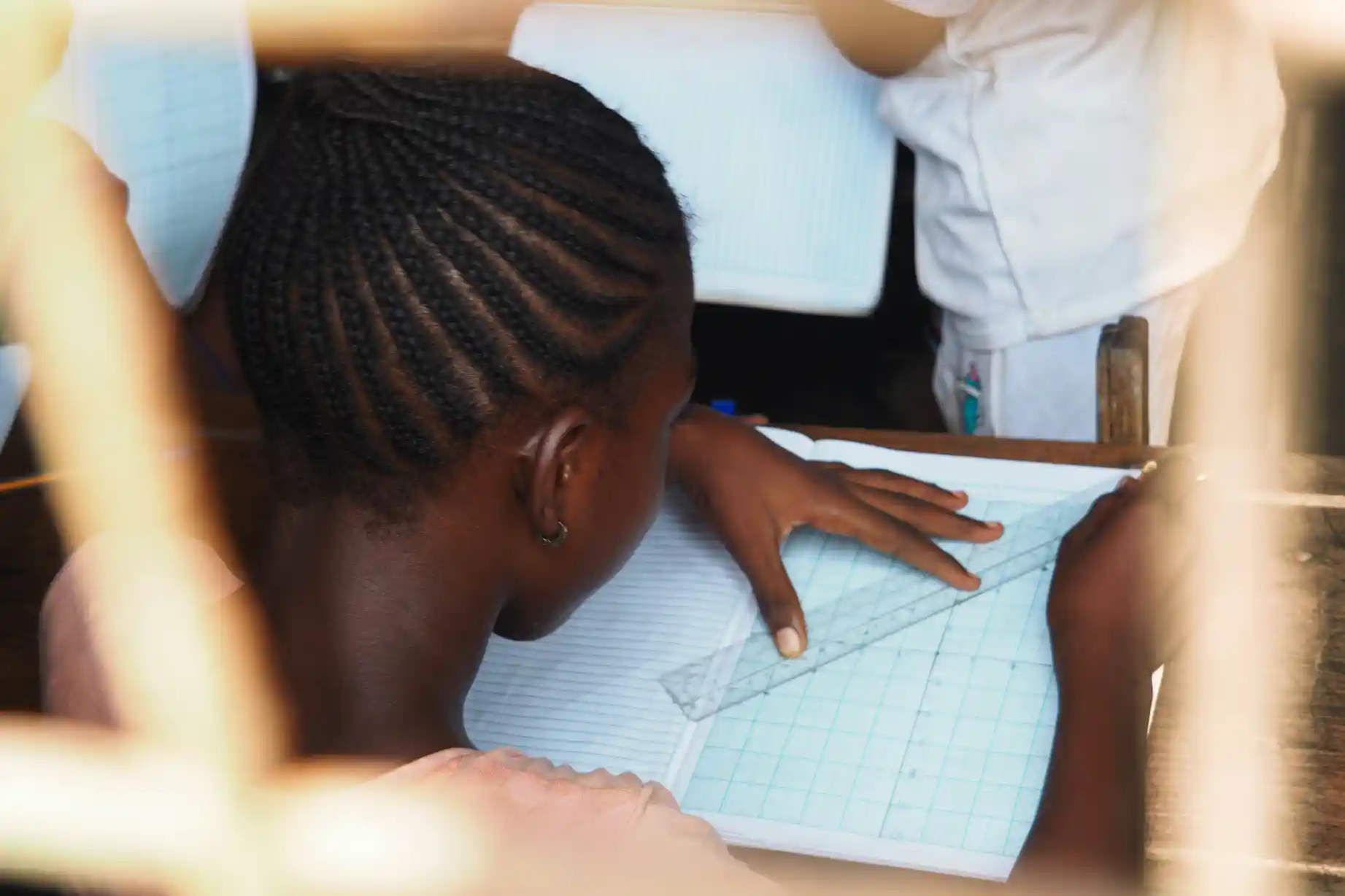







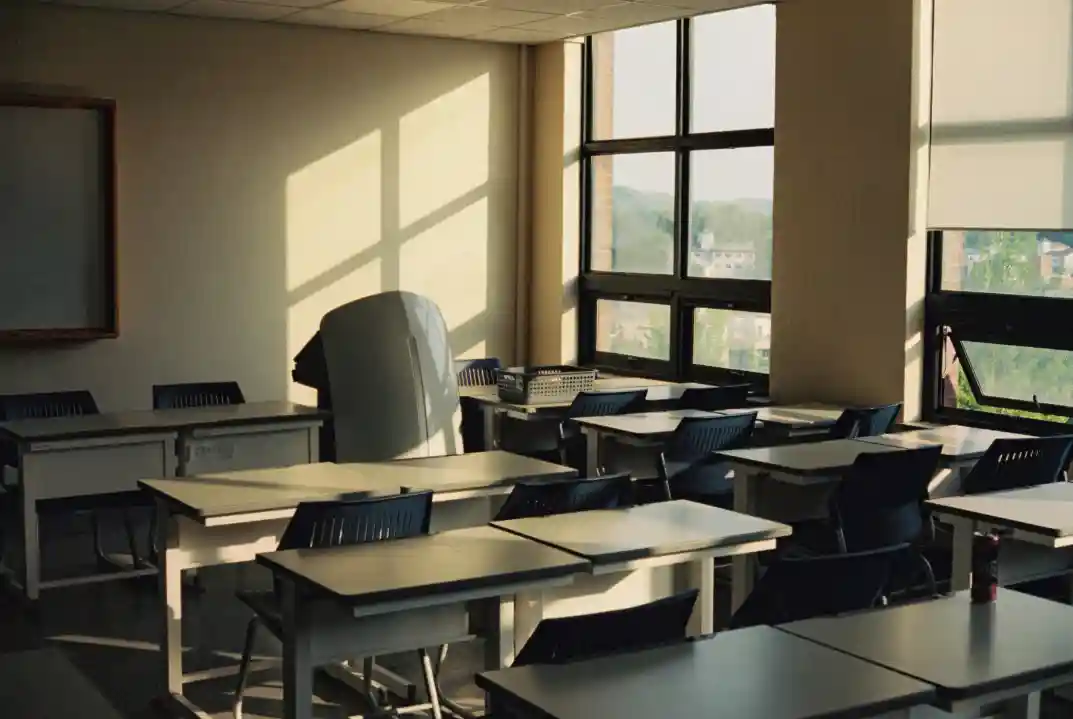





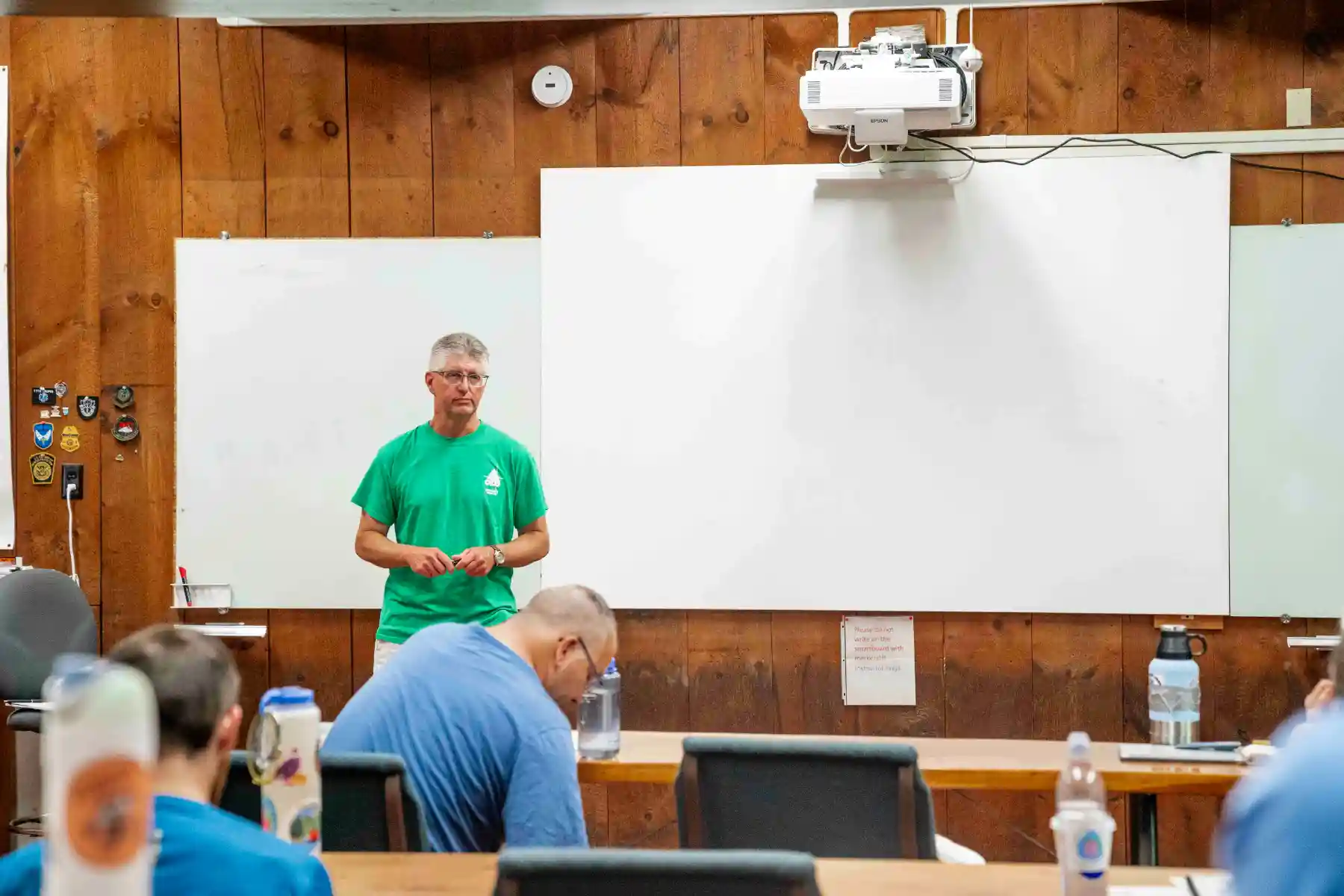




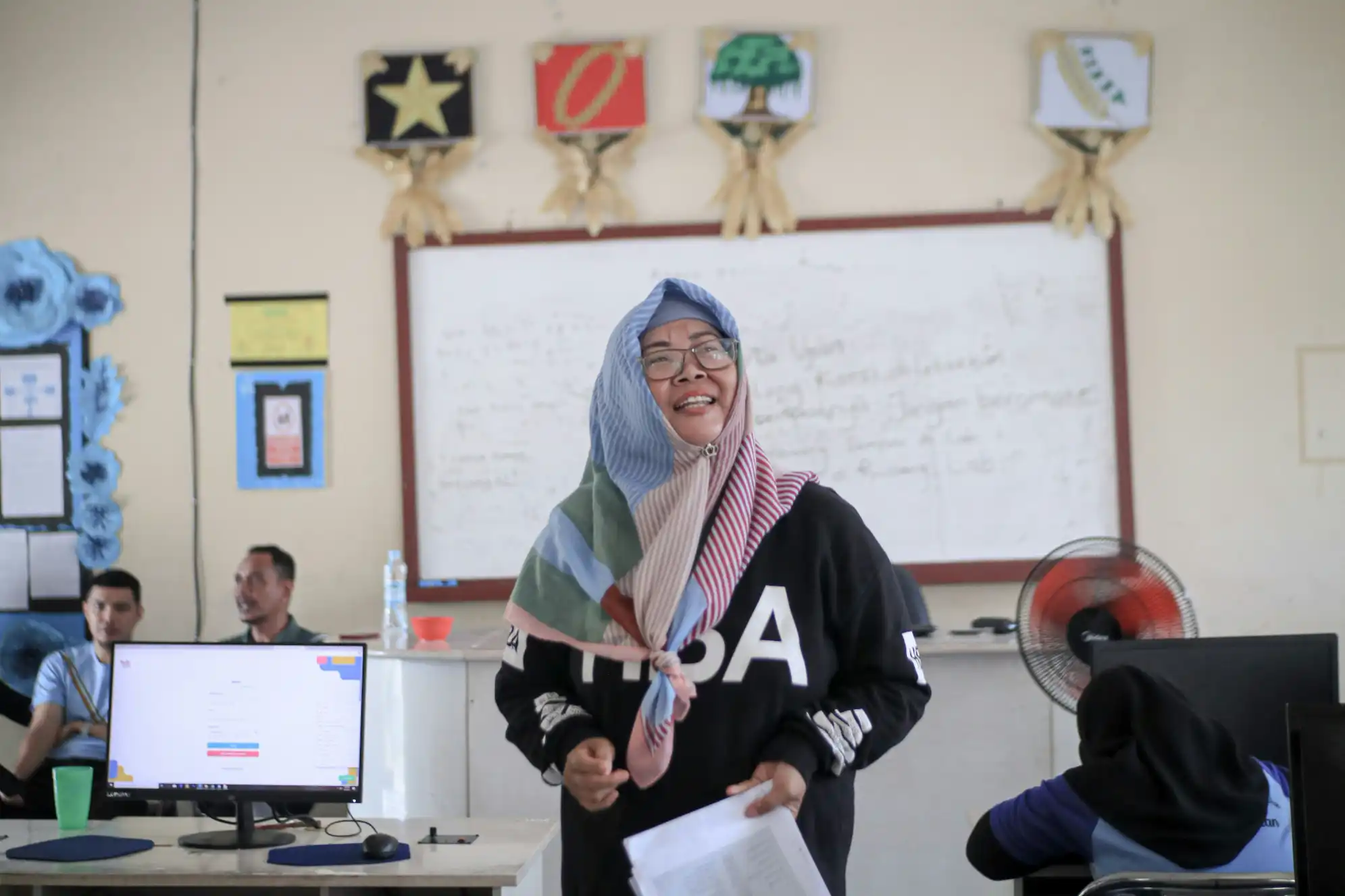




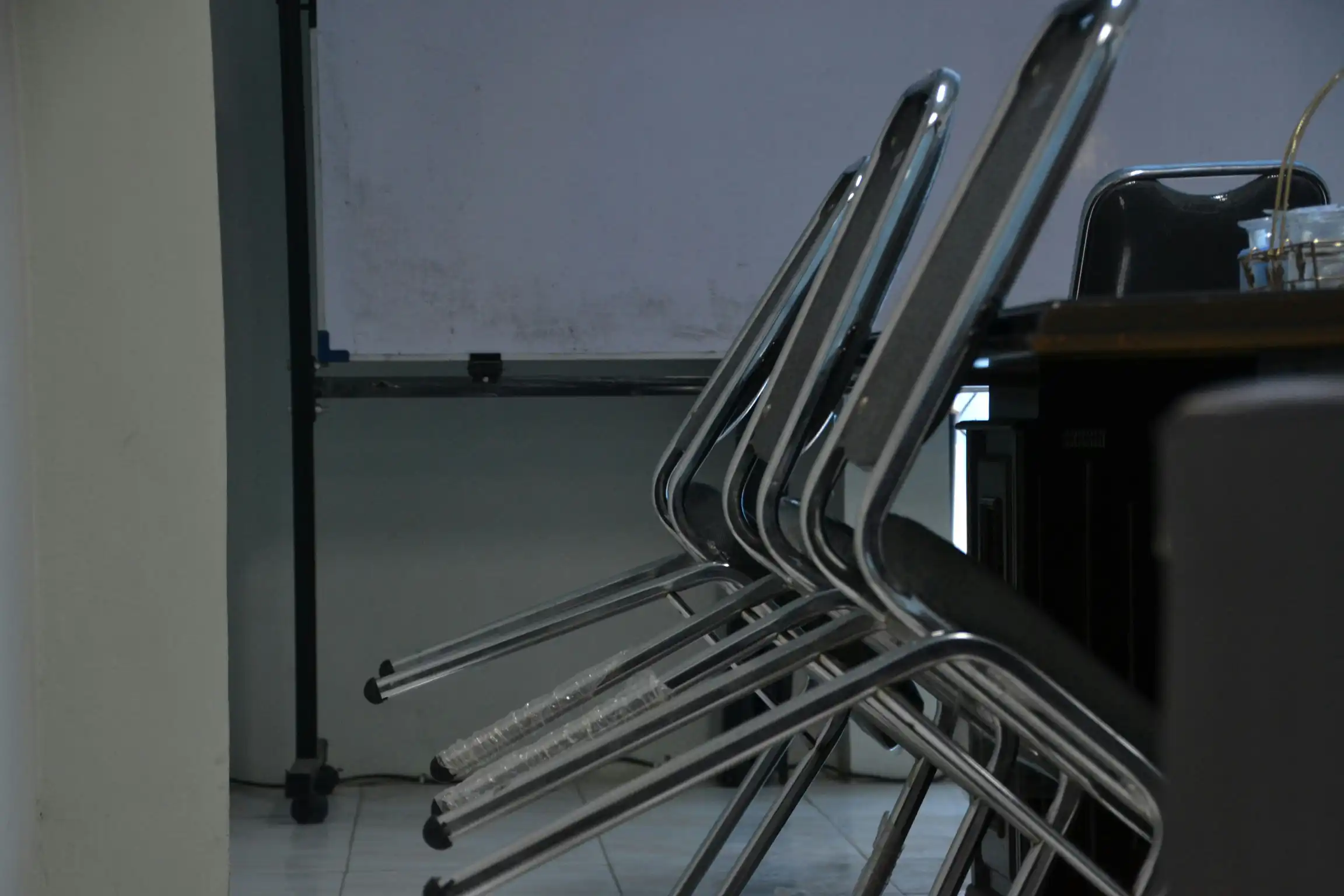
.webp)



%20.webp)


















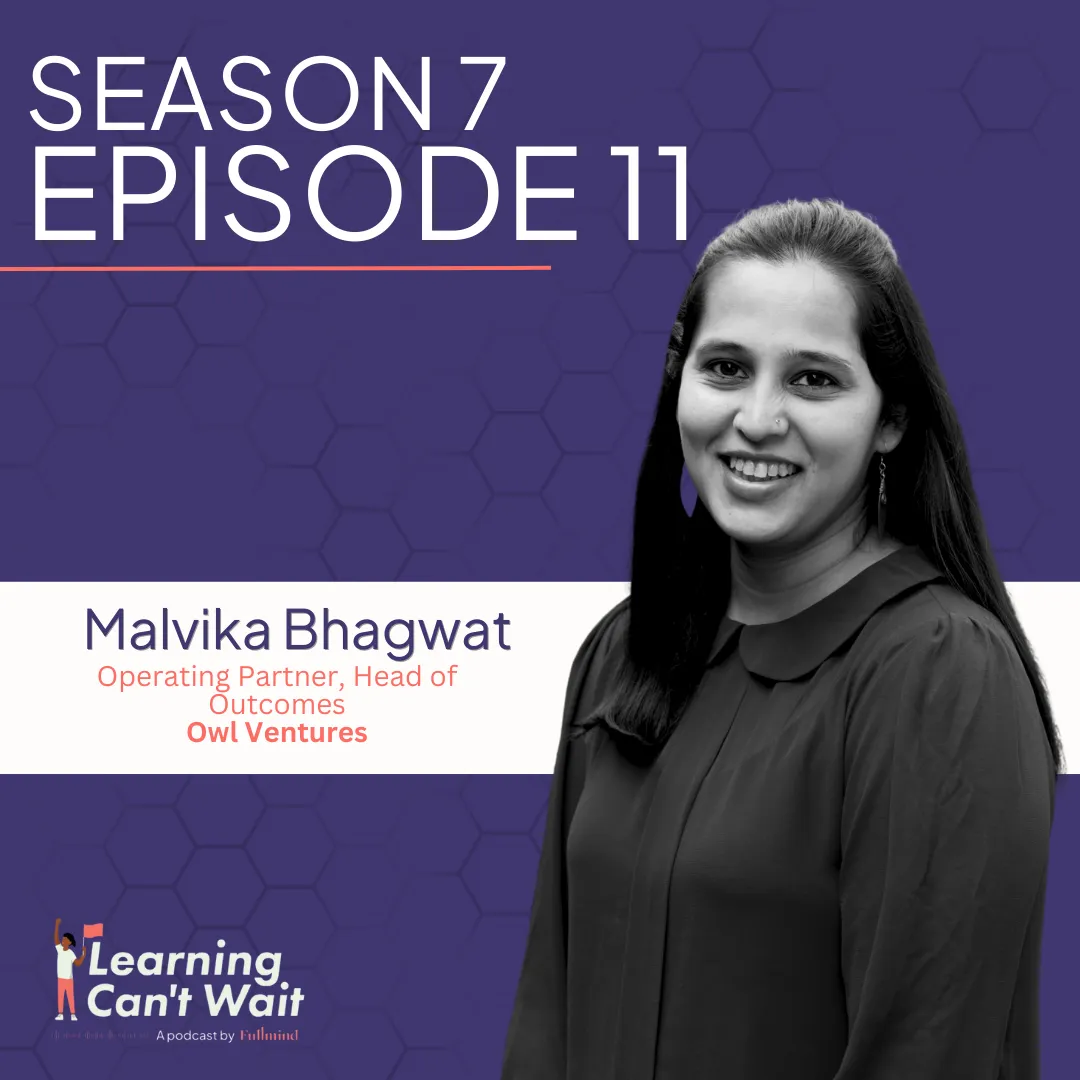
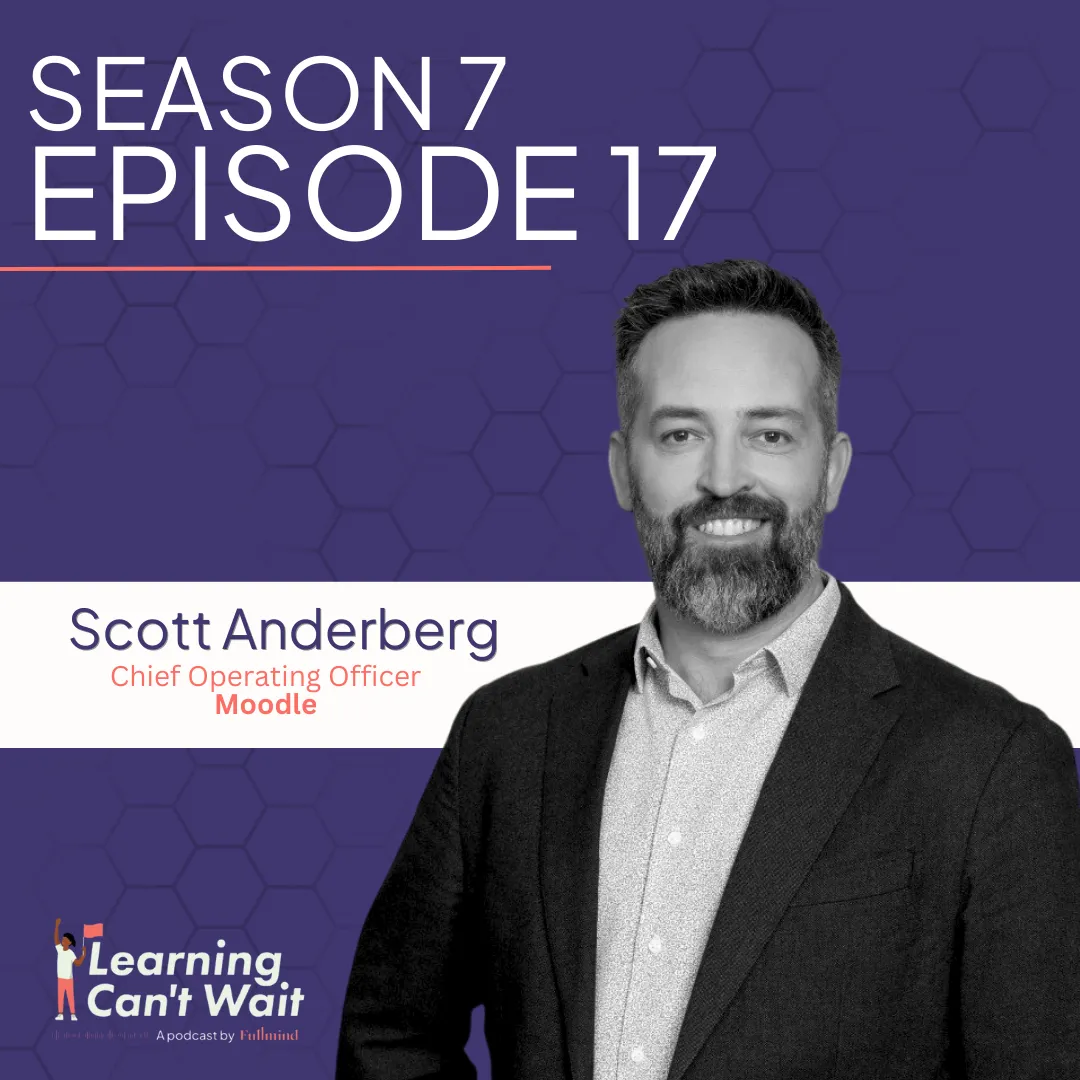
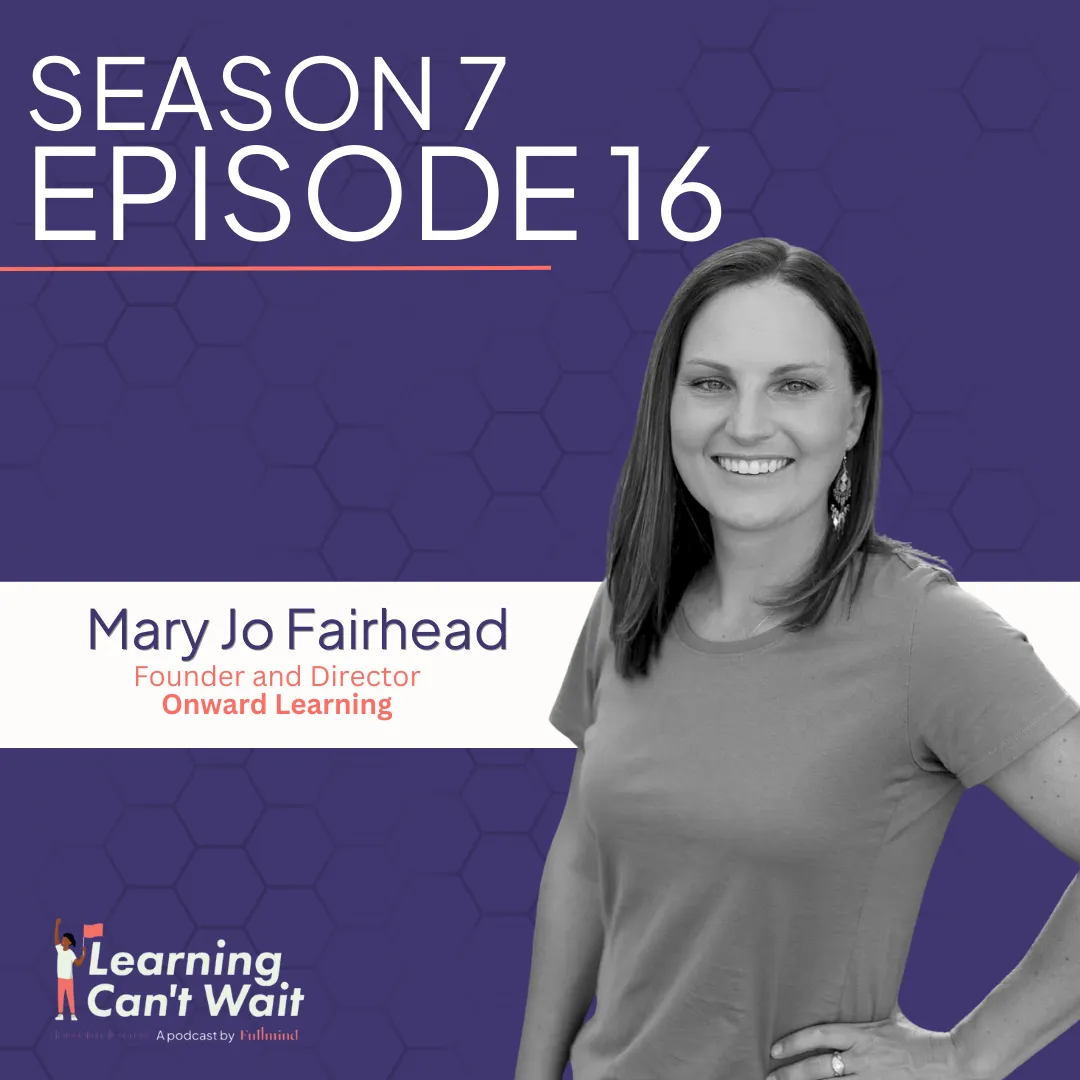
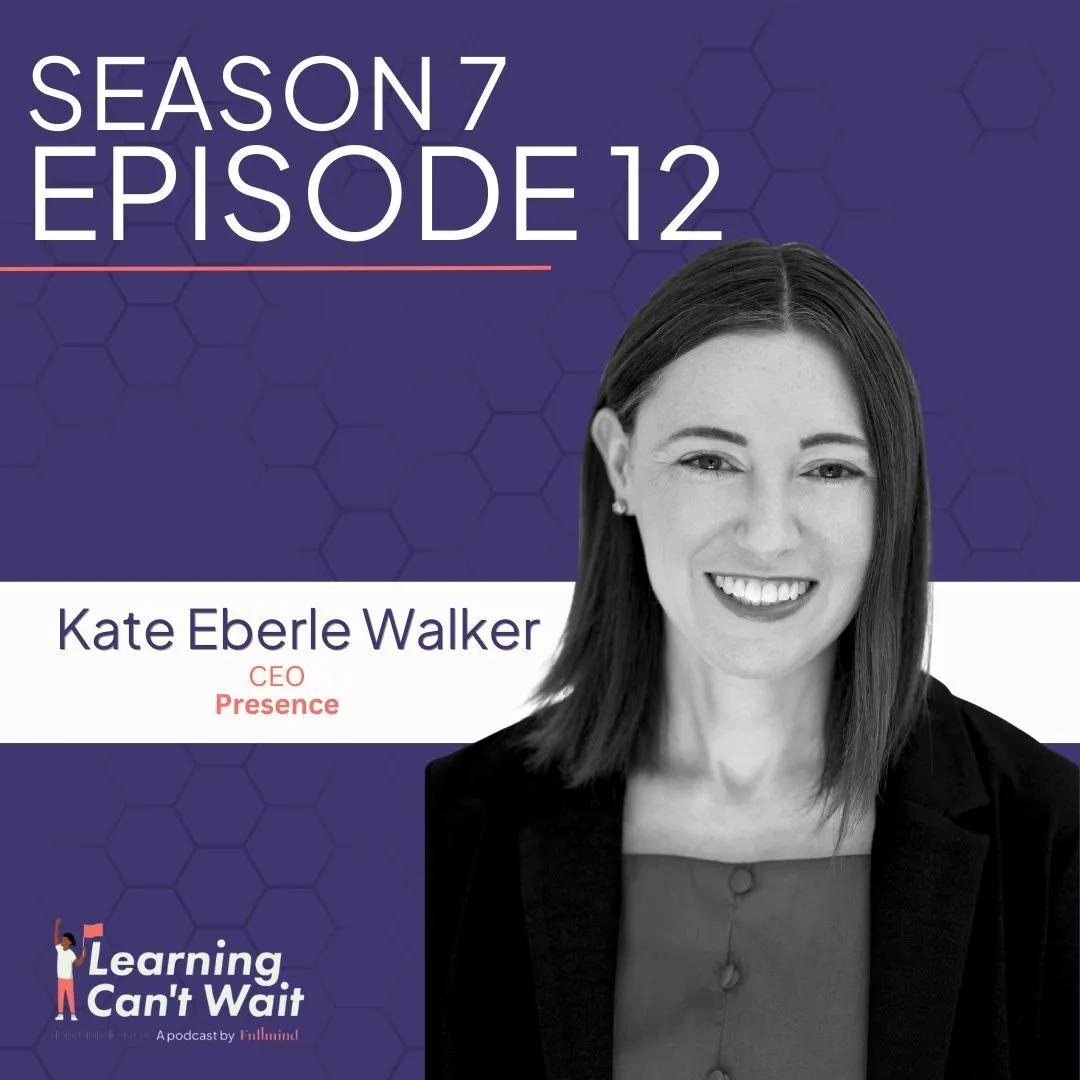
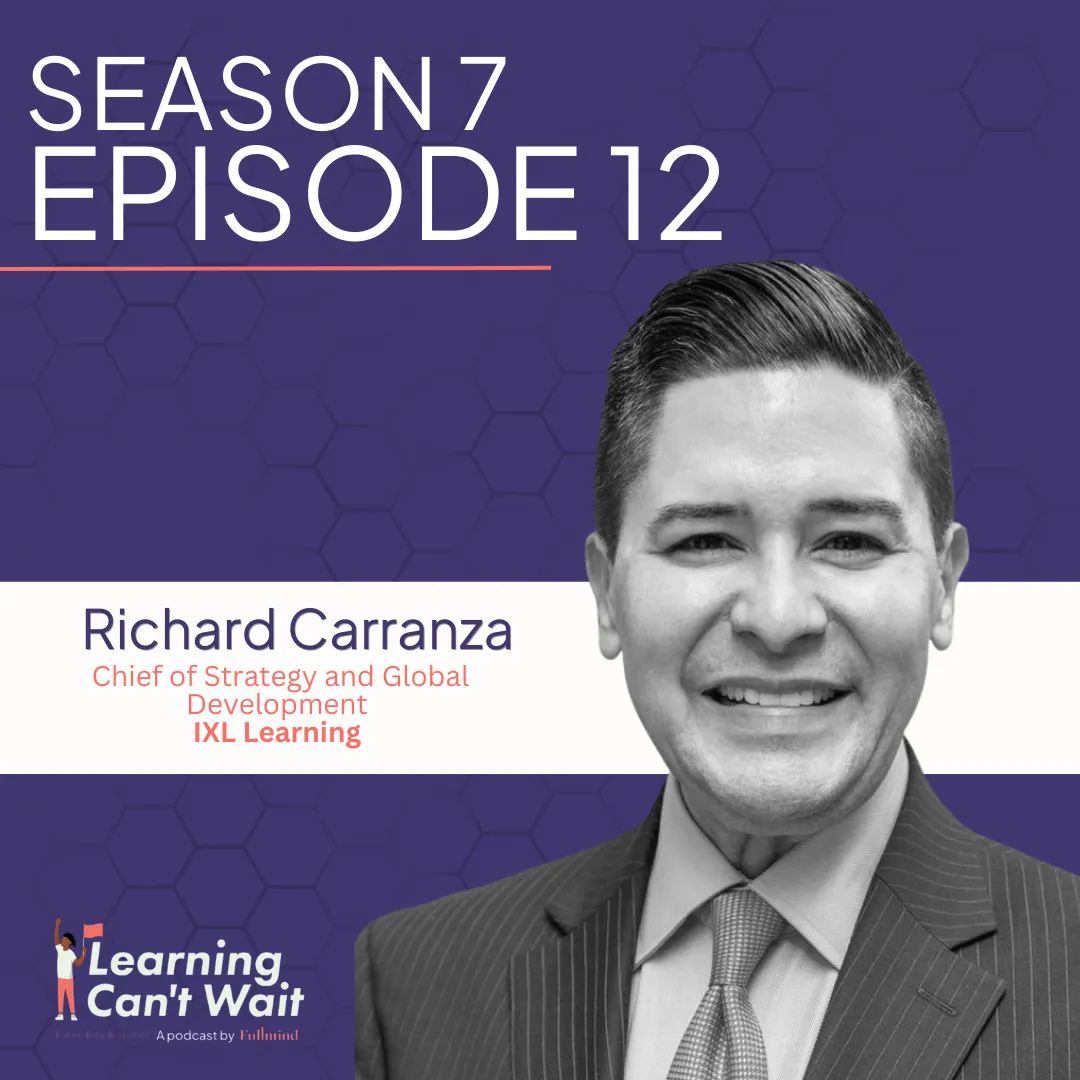
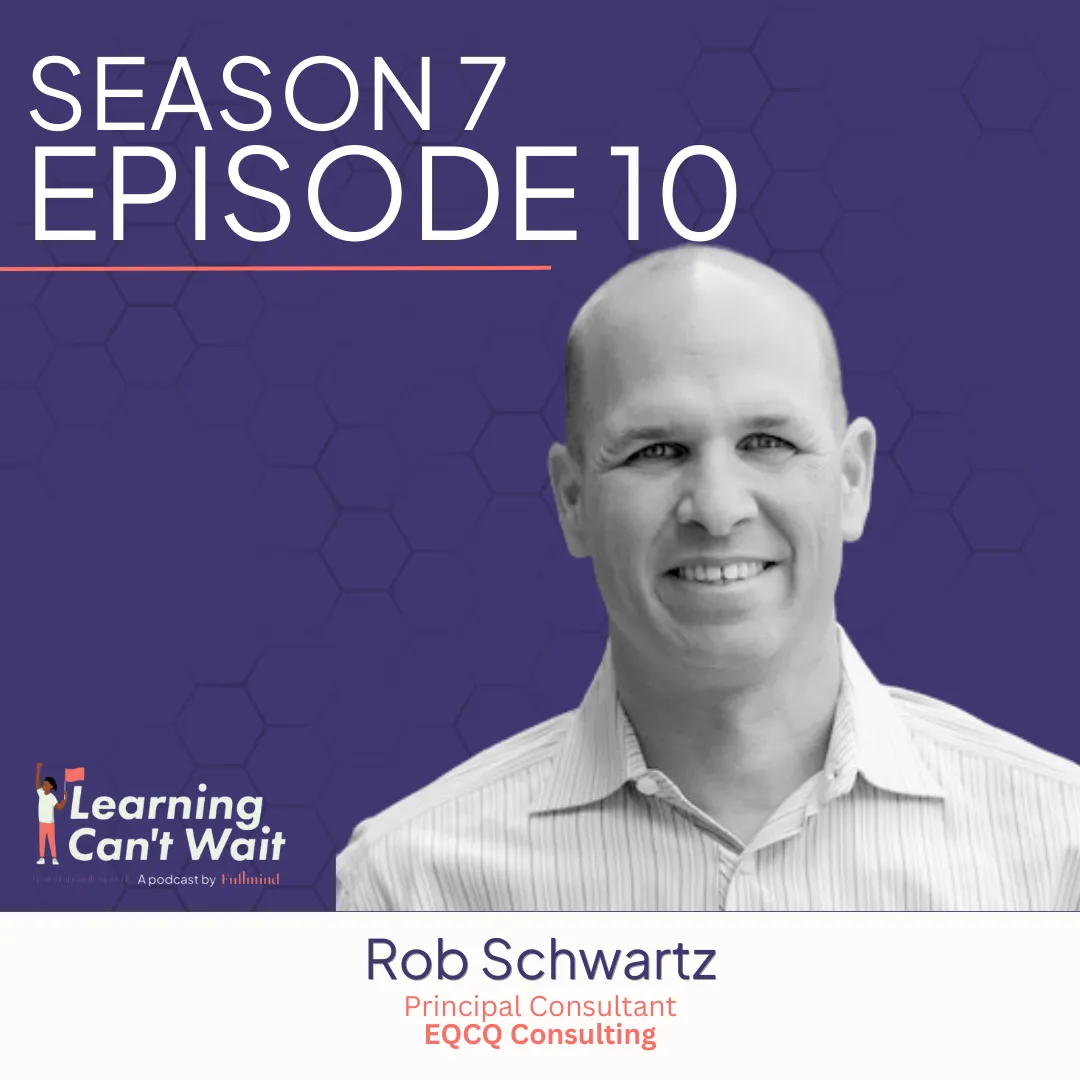
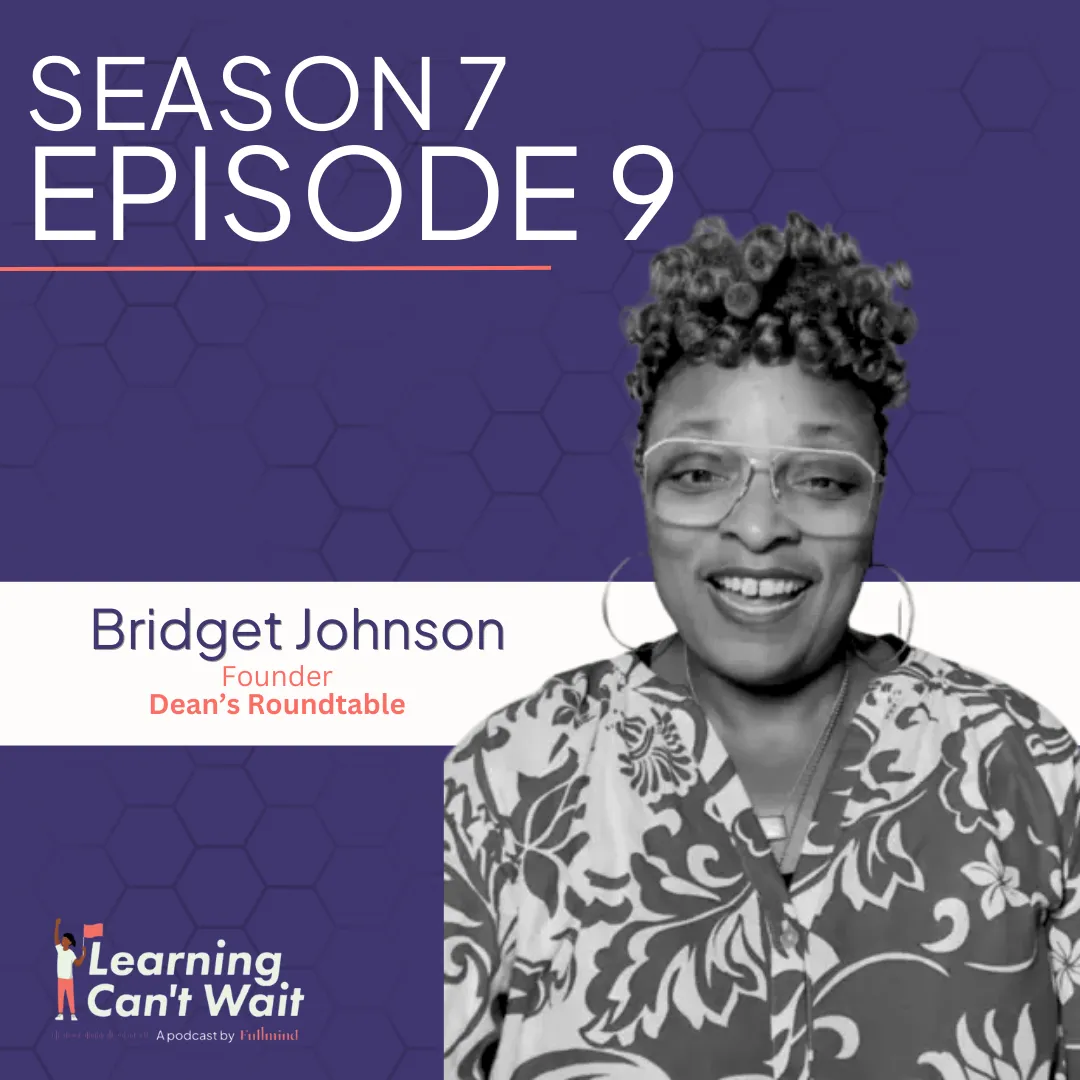





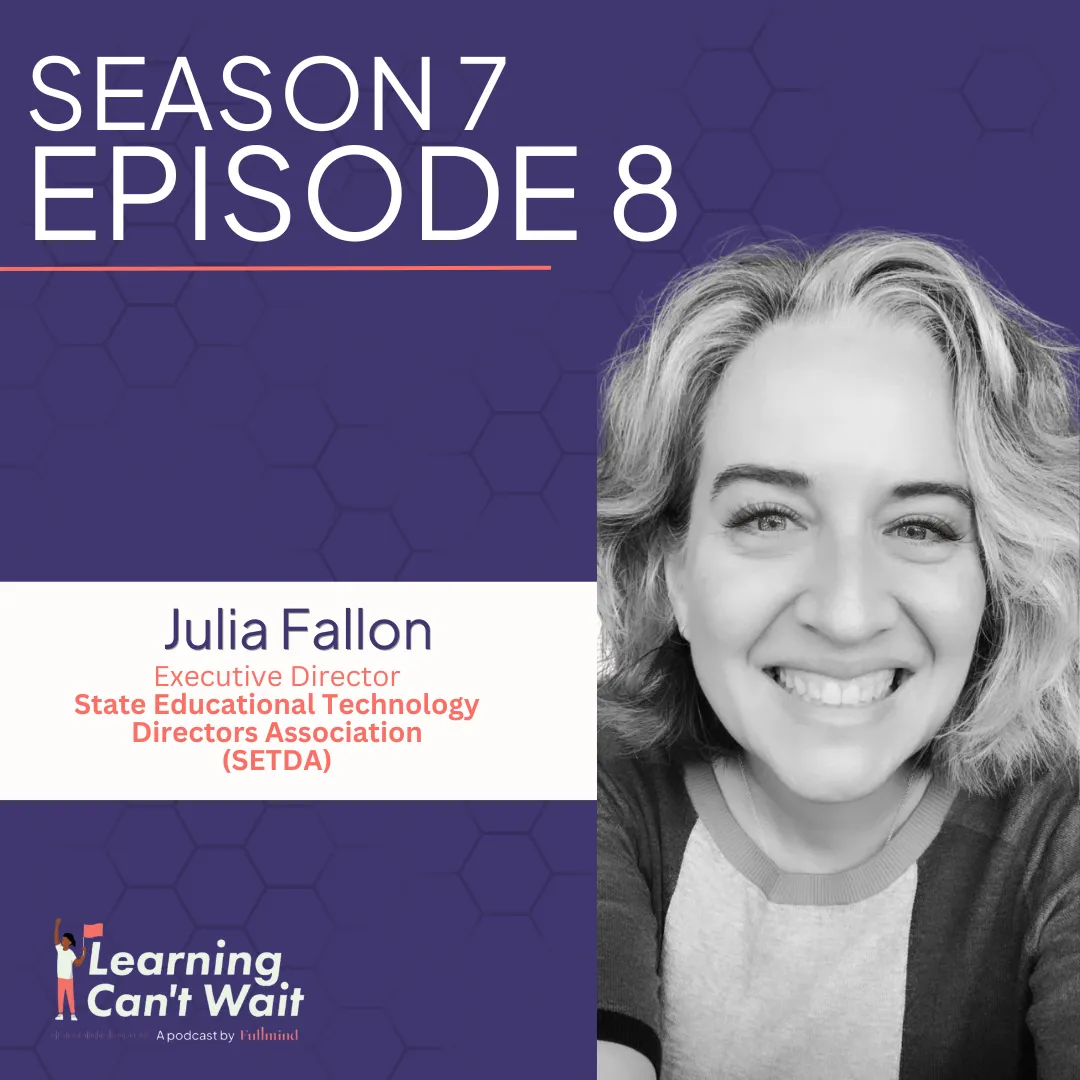




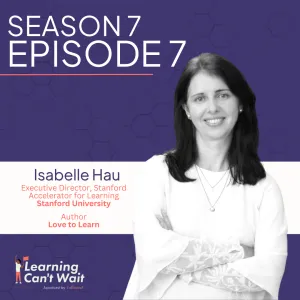

.webp)
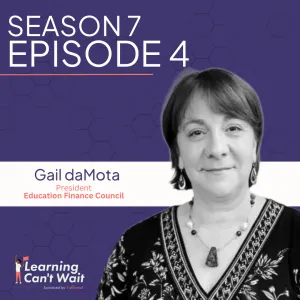
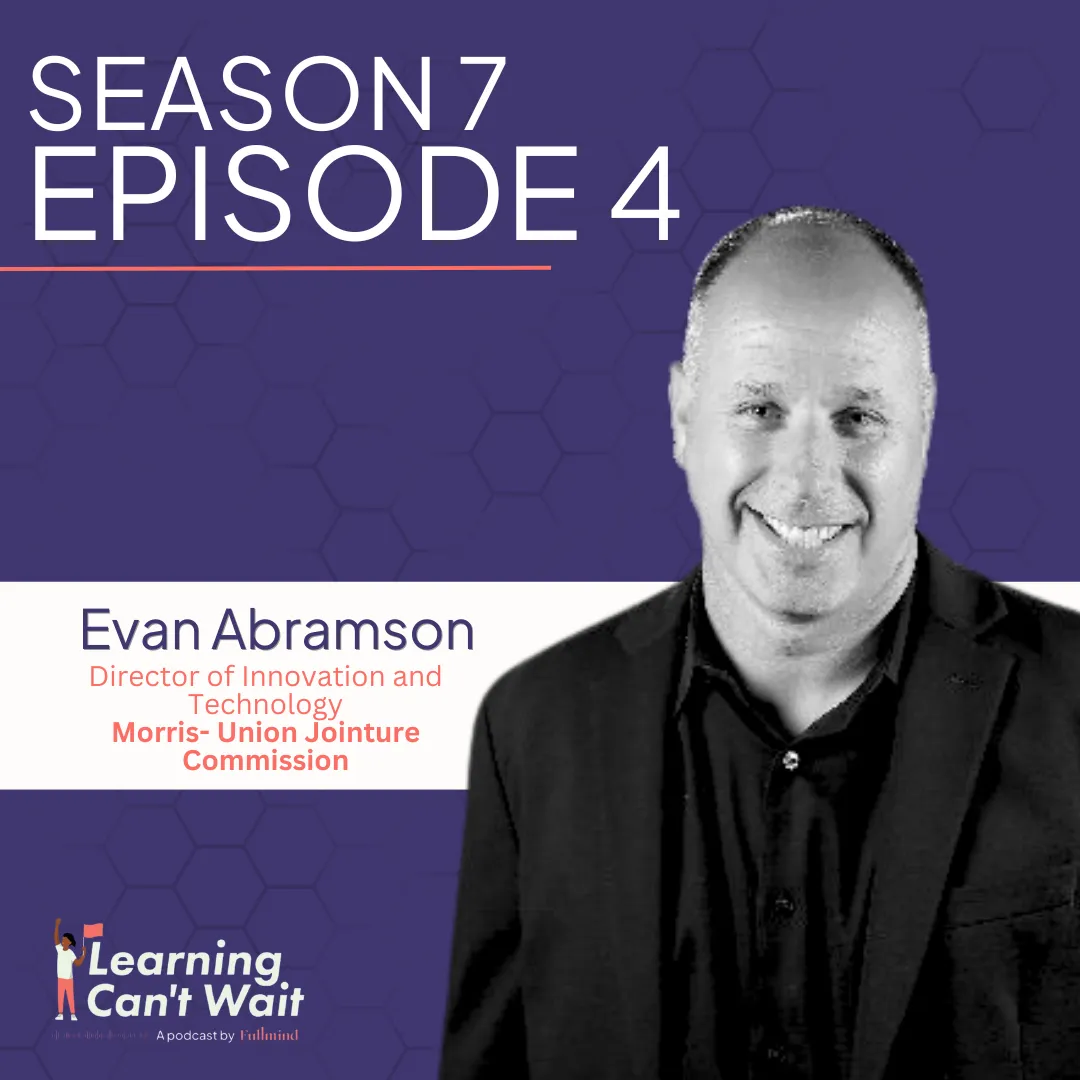
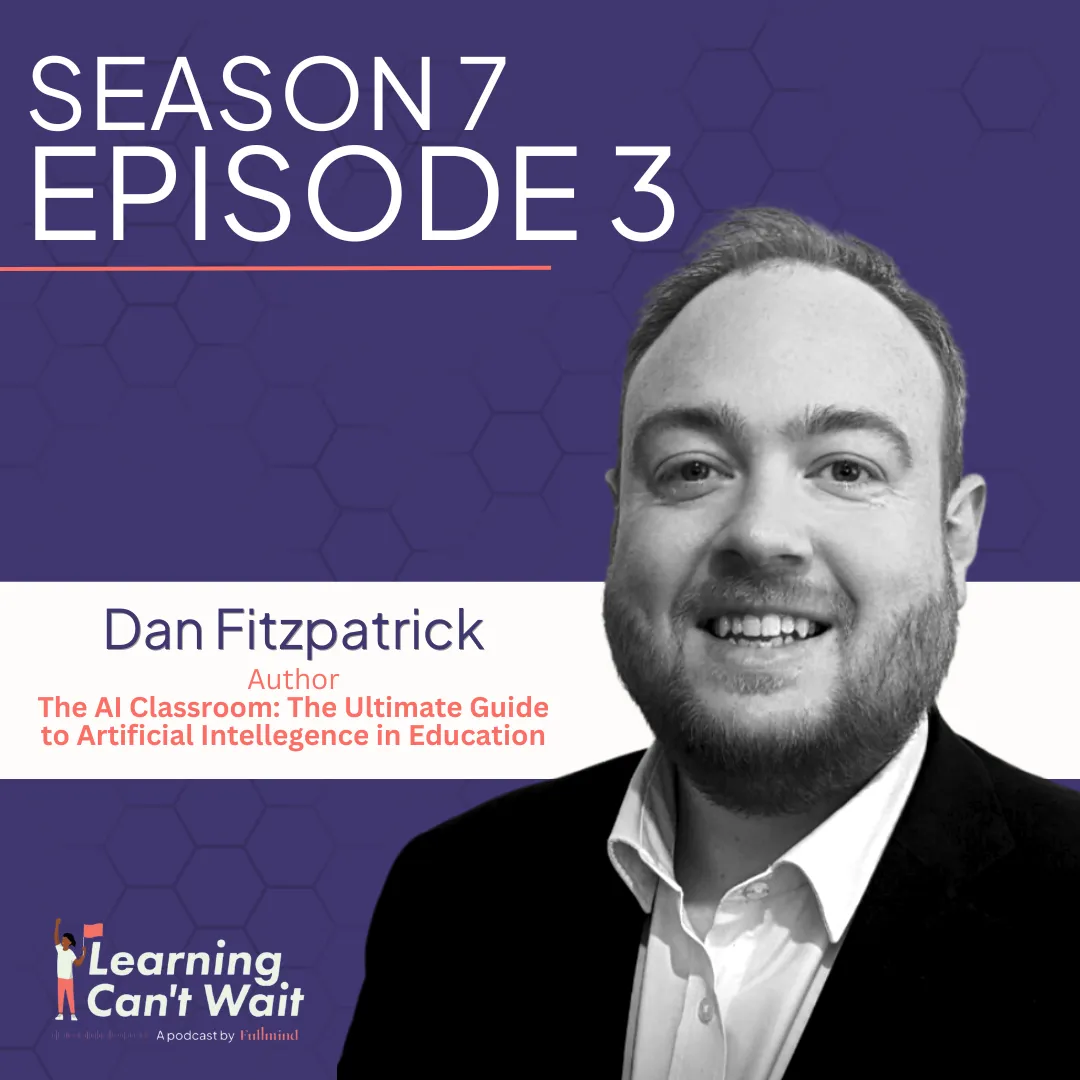
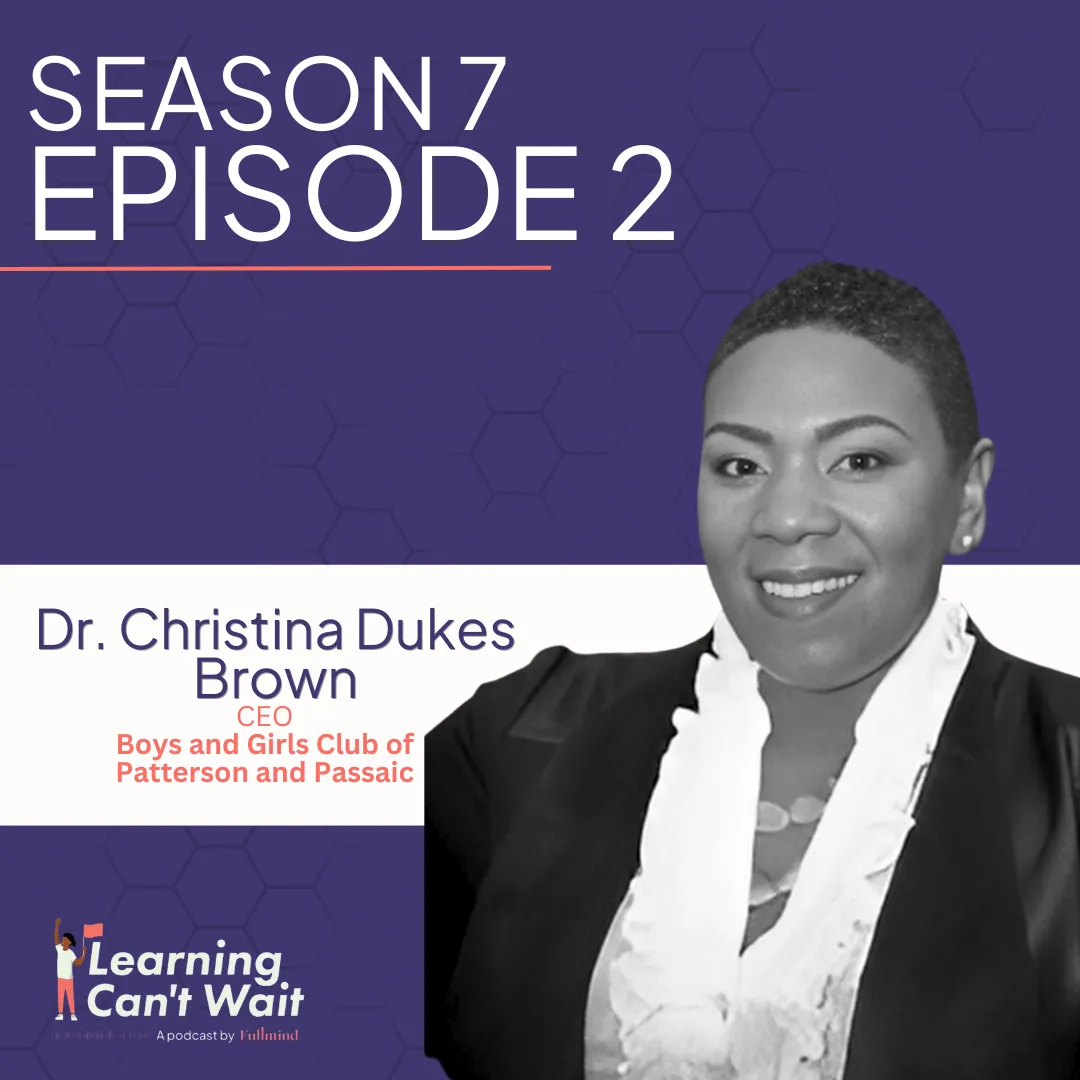
.webp)


.webp)


.webp)
